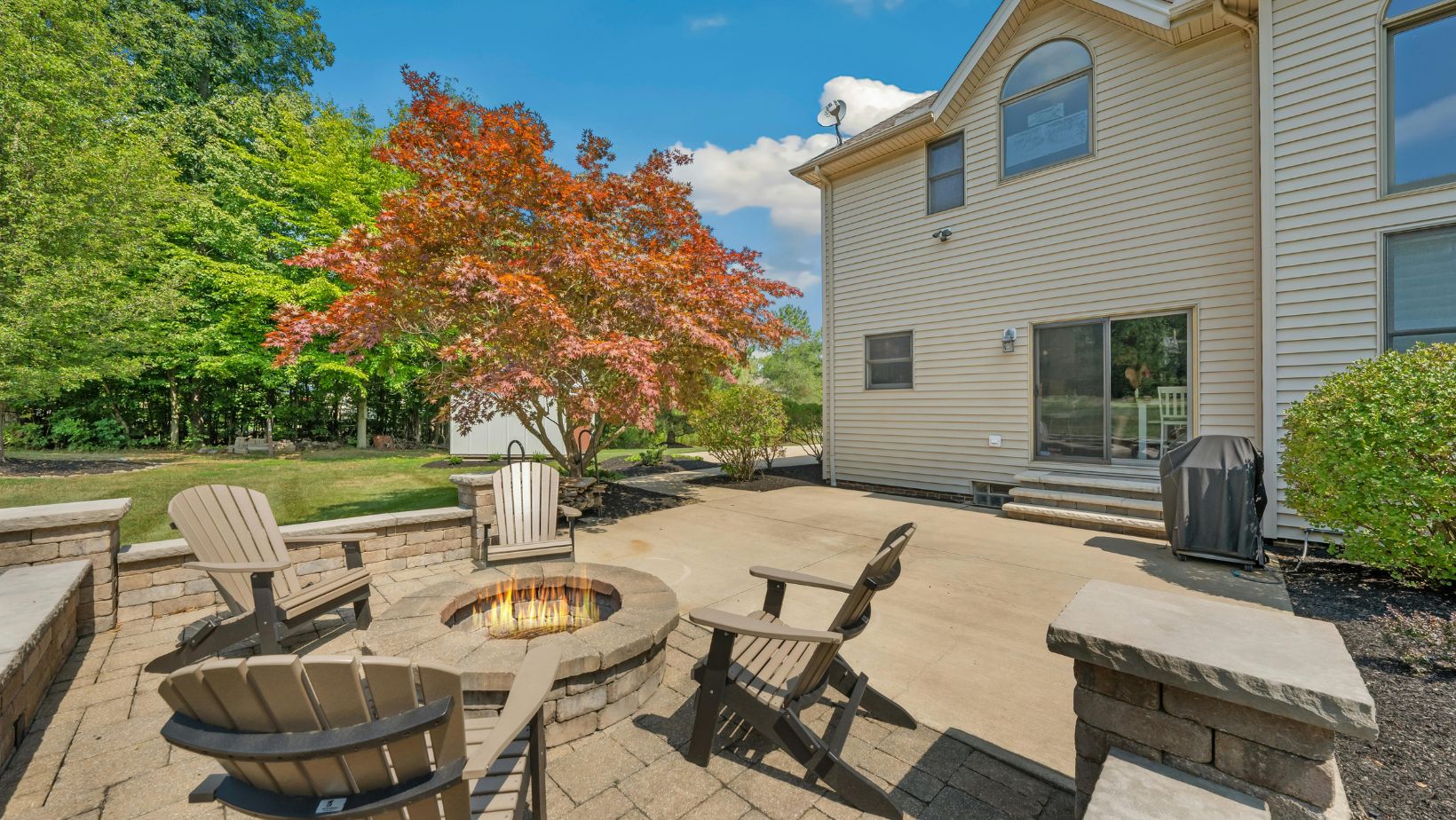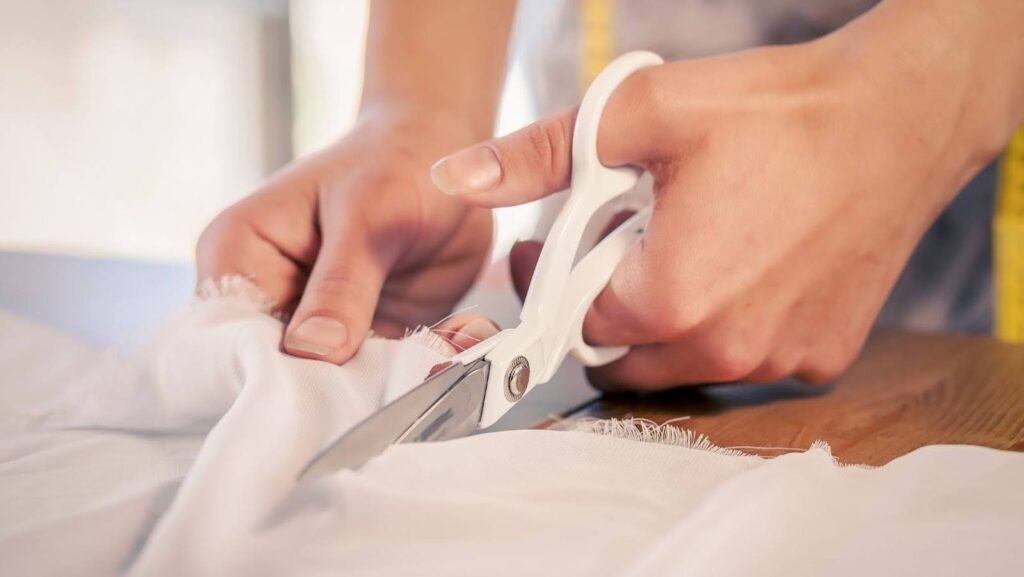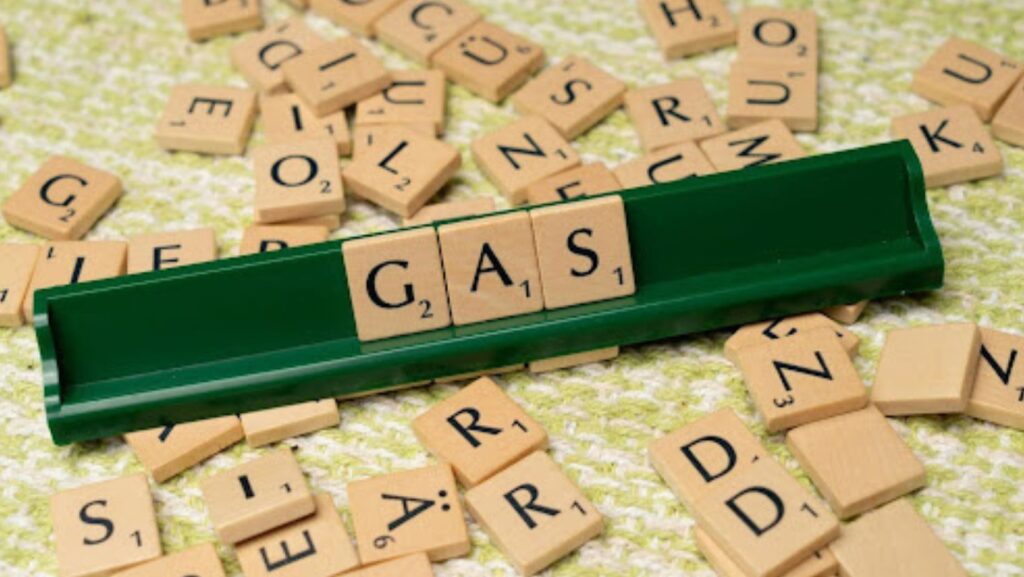Planning a backyard upgrade is exciting. Whether you’re building a deck, installing a fence, or creating a whole new entertainment zone, there’s nothing like transforming your outdoor space into something functional and beautiful. But before you pick up your tools or schedule that first delivery — there’s one detail homeowners often overlook, and it can turn into a major headache if missed.
It’s what’s beneath your project that can make or break it. Soil type, underground utilities, moisture levels — and most importantly, how you prepare the ground for construction. If your project involves posts, footings, or any kind of structural support, understanding your ground conditions and choosing the right equipment for auger drilling can save you time, money, and frustration down the line.
Let’s look at why this step is so crucial — and how you can avoid common backyard project pitfalls with a little upfront planning.
Why Ground Conditions Matter More Than You Think
It’s easy to assume all soil is created equal. But if you’ve ever tried digging into clay or rocky soil, you know that’s not true. Different types of ground respond differently to pressure, weather, and weight. A footing that’s stable in sandy soil might sink or crack in a clay-heavy yard. That’s why professional contractors start every job by checking what’s below the surface.
Understanding your soil type and depth needs helps you choose the right post hole depth, footing width, and even the right materials for long-term durability. It also affects how easily you can dig — and whether a manual post hole digger is up to the task, or you need more specialized tools to get it done right.
Check Before You Dig (Literally)
Before you so much as turn a shovel, it’s essential to call your local utility locator service. This step is often free, and it could save you from accidentally hitting underground water lines, gas pipes, or electrical cables.
Even in small residential areas, there could be vital infrastructure buried just beneath your grass. Digging blindly isn’t just a risk to your property — it can be a serious safety issue. Don’t skip it.
Use the Right Tools for the Job
If you’re building a fence or deck and your yard is fairly soft, you might be able to use a manual digger. But if your soil is compacted, full of gravel, or has tree roots, you’ll need something tougher. Renting an auger — or hiring a contractor with auger drilling experience — can make the work dramatically faster and more efficient.

Power augers come in different sizes and styles, and with the right drilling buckets or attachments, they can handle everything from topsoil to heavy rock. The deeper and wider your holes need to be, the more critical it becomes to use proper tools — not just to save effort, but to make sure the final structure holds up over time.
Don’t Underestimate Drainage
Another commonly forgotten step is checking for drainage. If your project includes posts in the ground (like pergolas, sheds, or play equipment), water pooling around them can lead to early decay, movement, or even structural failure.
Here’s what you can do:
- Use gravel at the base of post holes to improve drainage
- Avoid setting posts in soil that tends to stay damp
- Slope the surrounding area slightly to direct water away
- Choose materials (like treated timber or galvanized brackets) designed to resist moisture
Thinking about water flow before you build can add years to your project’s lifespan — and save you the cost of redoing it later.
Leveling Isn’t Just About Looks
When it comes time to install the structure itself, whether it’s a deck or garden retaining wall, making sure everything is level isn’t just about visual appeal. It’s critical for stability and safety.
Use a string line, laser level, or even a water level if you’re working on uneven ground. Make sure posts are straight and consistent in depth. A little patience at this stage ensures your finished project not only looks great but stays strong and secure for years to come.
Get the Basics Right, and Everything Else Is Easier
We often get excited about the finishing touches — lighting, outdoor furniture, landscaping — but it’s the stuff you can’t see that keeps your backyard investment standing tall. Taking time to prepare the site properly, choosing the right tools, and doing those not-so-glamorous steps like soil checks and drainage prep can mean the difference between a lasting upgrade and a quick fix.

The good news? Most of these steps aren’t difficult — they just require a little attention upfront. And once they’re done, the rest of the project tends to go smoother, faster, and with fewer surprises.

